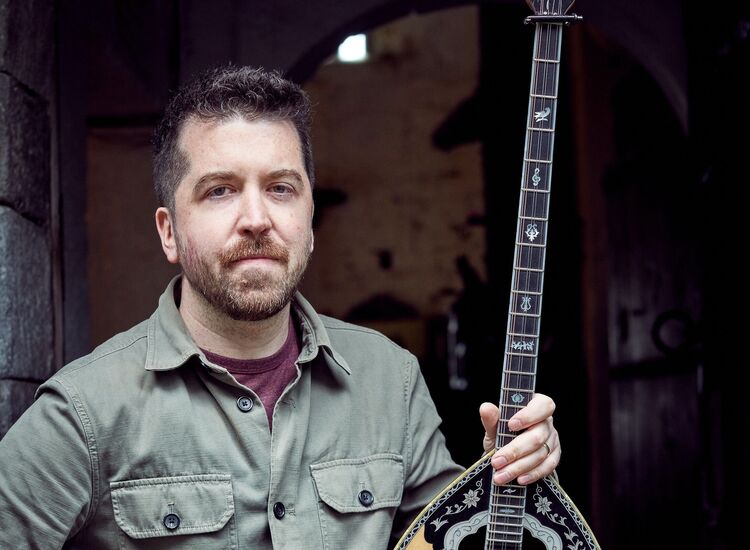[caption id="attachment_68335" align="aligncenter" width="600" caption="Sean Quinn."]
Sean Quinn, once Ireland's richest man but who now has filed for bankruptcy in Belfast, has been ordered by the Dublin Commercial Court to pay more than €2 billion to the Irish Bank Resolution Corporation in what amounts to the largest summary judgment amount ever entered in the Irish courts.
The Dublin judgment versus the Belfast bankruptcy filing could lead to some very interesting legal tussles down the road but there is a third element to the Quinn saga and it is not linked to any court, or indeed to this world.
According to reports, some people living in the borderland areas of Cavan and Fermanagh, once the heartland of the €5 billion Quinn empire, take the view that Quinn's troubles have little to do with poor financial investments and a lot to do with the anger of fairies. According to these locals, it was the decision to move a megalithic burial tomb 20 years ago which led to the fall of his cement, hotels, and insurance empire, the Irish Independent reported.
The Aughrim Wedge Tomb stood for 4,000 years in the townland after which it is named, two miles outside Ballyconnell, County Cavan.
But when it got in the way of the expansion of a massive quarry for Quinn Concrete in 1992, permission was granted by the Office of Public Works to move it.
Following a full excavation of the site, it was moved, stone by stone, and relocated in the grounds of Quinn's Slieve Russell Hotel on the other side of the village, the report stated.
"Mr. Quinn has since lost the cement works, the hotel, a raft of other businesses and his multi-billion euro fortune. According to bankruptcy documents, he now claims to have just €11,000 in the bank," the report added.
And the losses, some locals believe, is nothing less than the revenge of the fairies.
"Cavan is full of ancient sites like these and therefore many people there would be more superstitious about moving any ancient rath, tomb or fairy tree. People do genuinely believe that to do so brings bad luck. It's part of our ancient Irish history," said University of Ulster folklore expert, Seamus MacFlionn.a








